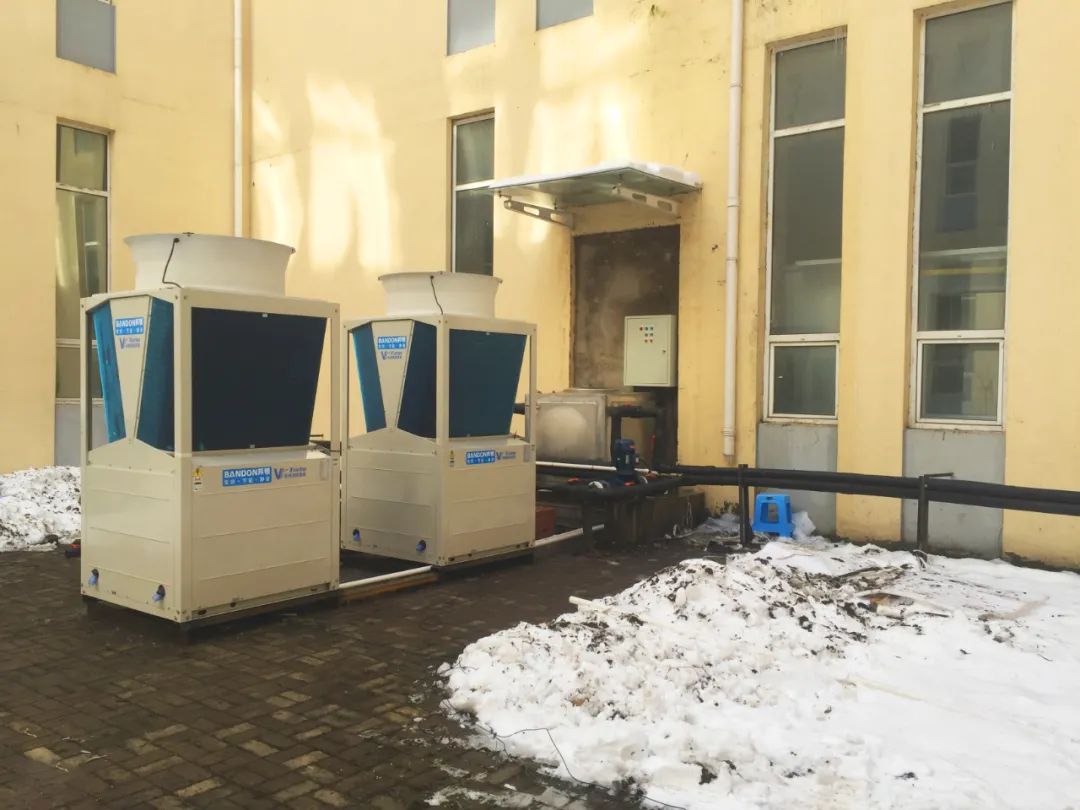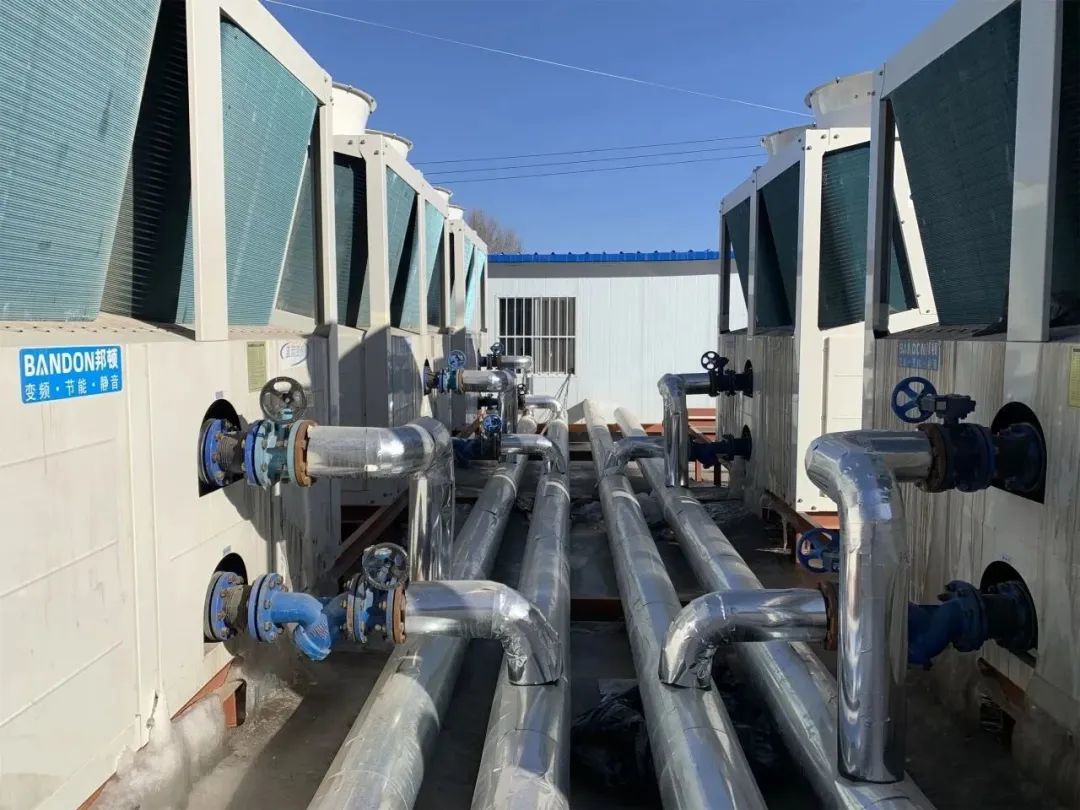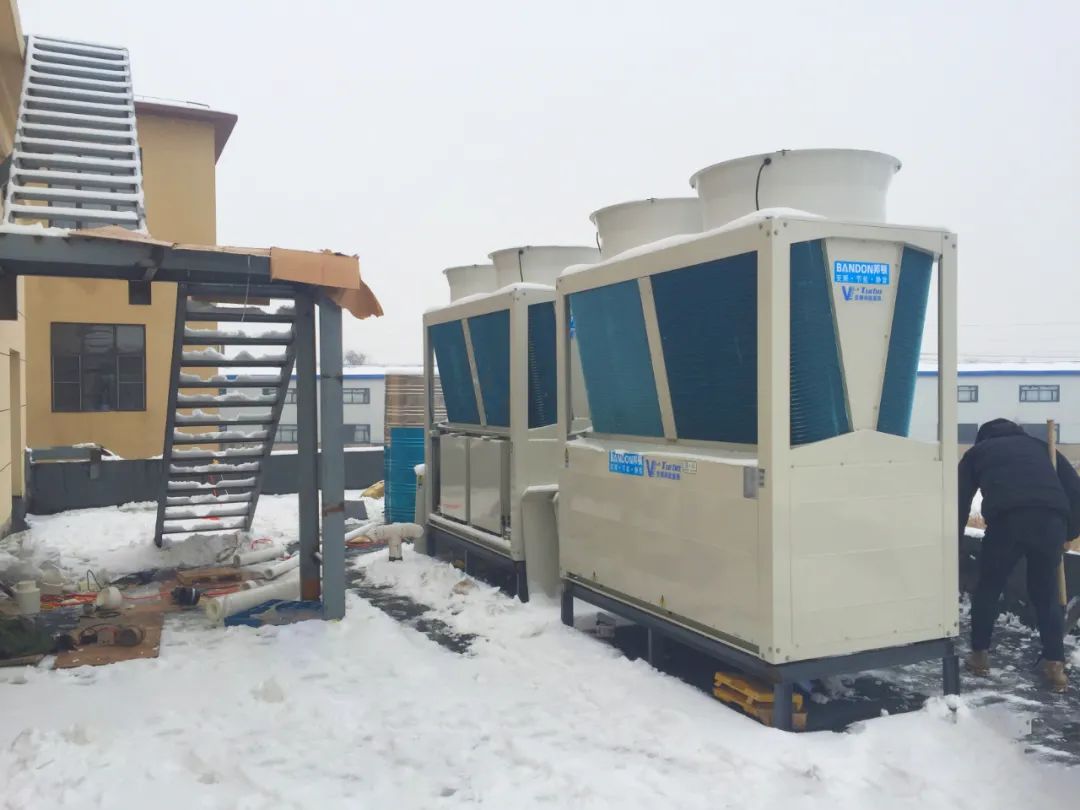News
BANDON Air Source Heat Pump Antifreeze Instructions
Recently, due to the influence of cold air and the onset of cold waves, there have been strong blizzards in the Northeast. Parts of central and southern Heilongjiang, central Jilin, and northern Liaoning have experienced heavy snow, and heavy snow (10 to 14 mm) has occurred in some areas. The depth of snow has increased. 2 to 8 cm, locally up to about 10 cm. On the 9th, the intensity of snowfall weakened. There was light snow or sleet in northeastern Inner Mongolia, northwest and southeastern Heilongjiang, and eastern Jilin. The temperature first dropped and then rose, with the lowest temperature at night falling to -22°C.The intervals between snowfalls this time are short, and the falling areas are highly overlapping. Pay attention to traffic safety and slippery roads when going out, and keep warm and cold indoors.
Due to the sudden change in temperature, it is easy for the air energy water pipeline to freeze, thus affecting normal use. In order to allow everyone to better use air-source heat pumps for heating, BANDON has prepared an anti-freeze guide for using air-source heat pumps in winter to keep you warm in the cold winter!
1. Clear Snow from Equipment
Clean the snow on the surface of the equipment regularly to avoid snow covering the equipment and affecting its normal operation. At the same time, care should be taken not to damage the insulation layer of the equipment and prevent cold air from entering the inside of the equipment. During use, attention should be paid to maintaining good ventilation of the equipment to avoid excessive snow accumulation that may affect the normal operation of the equipment.

2. Pay Attention to Pipe Insulation
Strengthen the insulation effect of pipelines. Pipe valves and corners should be well insulated. When heating pipes pass through outdoor pipe sections, an insulation layer should be installed. At the same time, regular inspection and maintenance of pipelines should be carried out to ensure that the pipelines are in good insulation conditions.
If the insulation measures are not taken properly, the pipelines are prone to freezing and freezing. If you find that the air source hot water pipe has frozen but has not yet cracked, please do not knock on the pipe or pour hot water on the pipe to thaw it to avoid damaging the pipe. Just wait for the ice to melt naturally.

3. Keep the Unit Powered On
The air source heat pump heating of the water circulation system is a device that uses water as the medium to transfer heat. It has an anti-freeze function under normal use. When the water temperature drops to a certain temperature, the equipment will start automatically to prevent equipment and pipelines from freezing.
Therefore, in low-temperature environments in winter, it is necessary to keep the power on 24 hours a day. Once the power is cut off, the water temperature in the pipeline drops sharply, which will cause freezing and damage to the equipment.
4. Dispose of Condensate Properly
During the heating process, air source heat pumps will discharge a large amount of condensed water. The condensate water is discharged through the pipes and flows to the ground. If the temperature is below zero, the condensate water will easily freeze and freeze the drain pipe, and then climb up the drain pipe, eventually causing the equipment to fail to operate normally. So clean the condensation water regularly.

The condensate water pipeline must be designed reasonably, and the installation location of the host can be increased. Under normal circumstances, the height of the host from the ground is required to be no less than 30 cm. For areas with severe ice and snow, it is recommended to keep it above 50 cm; a heating tape can also be added to the chassis of the host for insulation to defrost and melt the ice.
5. Proper Use of Antifreeze
When using antifreeze, be careful not to choose cheap, inferior products to avoid corrosive damage to the pipelines. At the same time, during use, attention should be paid to checking the antifreeze content and replacing or adding antifreeze in time.
6. Check the Operating Status of the Equipment
After the equipment has been running for a period of time, the operating status of the equipment should be checked, including the cooling or heating effect of the equipment, energy consumption, water pump status, etc. If any abnormality is found, you should deal with it in time or contact BANDON after-sales professionals for technical maintenance.

RELATED NEWS
- The End of Nuclear Power in New York State
- The Impact of Indonesian Coal on the Coal Market is gradually Expanding
- Brazilian Energy Minister: It is Necessary to Adjust Petroleum Legislation
- India's Energy Dilemma Prompts Energy Diplomacy
- EIA Survey Shows U.S. Retail Gasoline Prices Rising for 11th Consecutive Week
